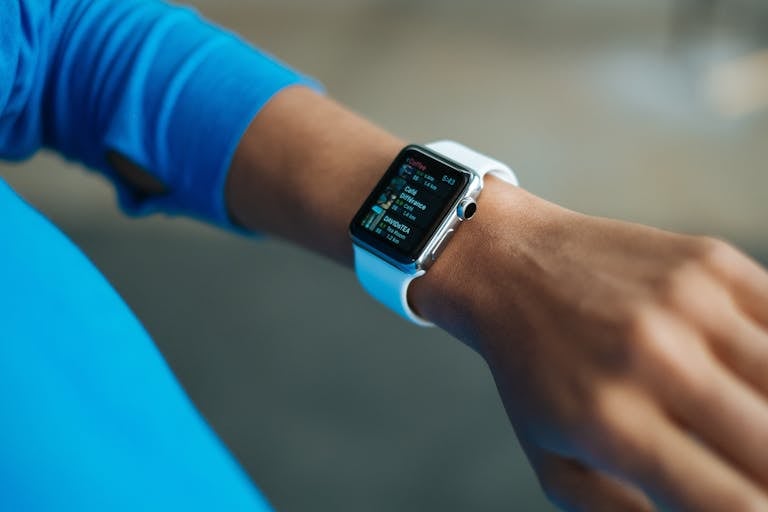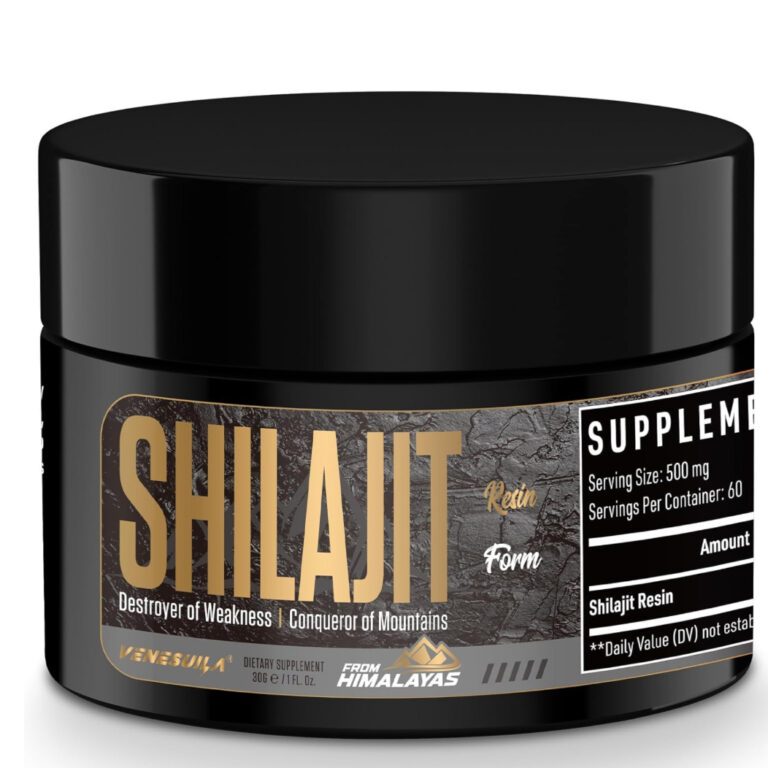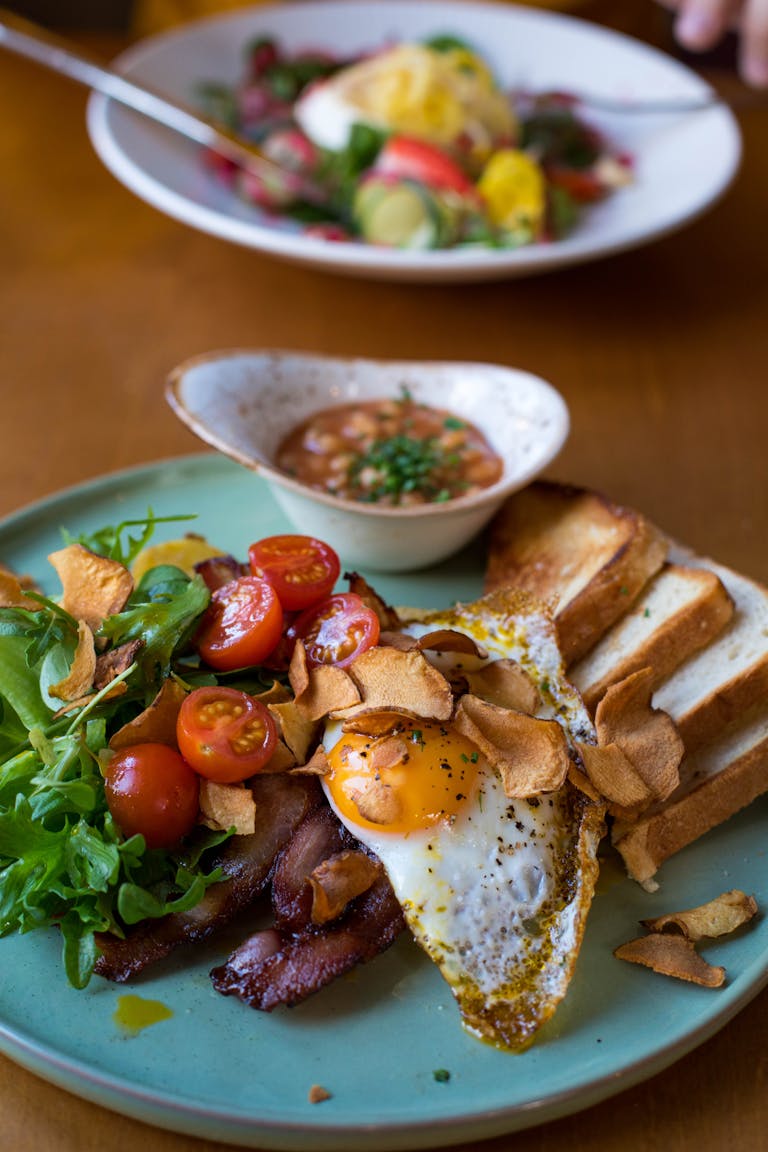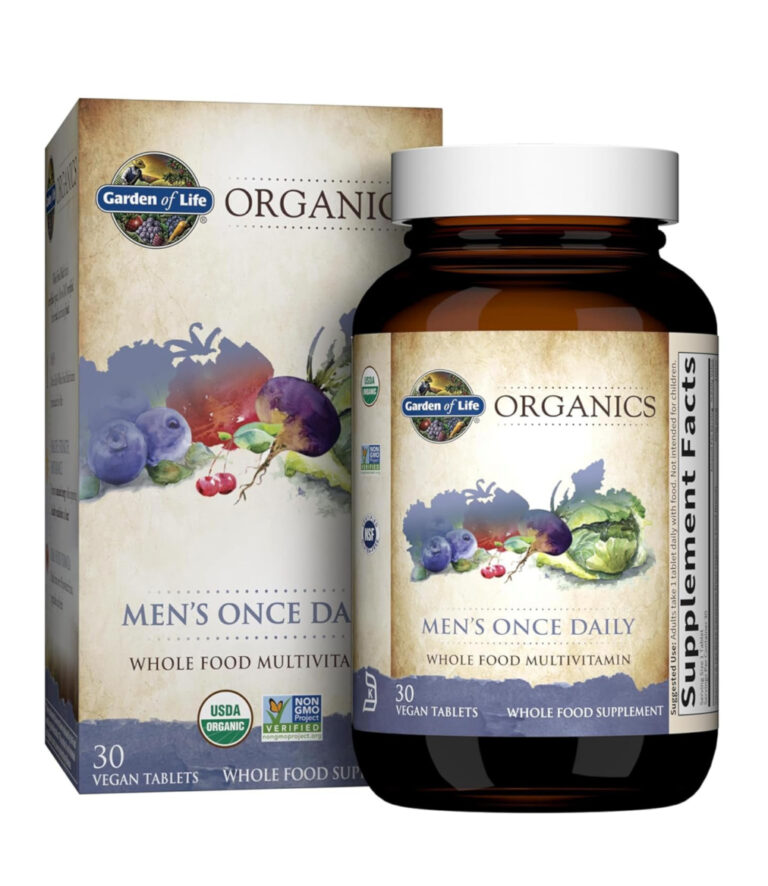Building muscle isn’t just about what happens in the gym—it’s what happens in the kitchen that truly transforms your physique. Discover the top muscle-building foods that should be on your plate this year.
Introduction: The Real Secret to Muscle Growth
When I first started my fitness journey 12 years ago, I was that person spending hours at the gym but seeing minimal results. Sound familiar? I’d lift until exhaustion, follow all the trending workout programs, yet my muscle gains were frustratingly slow. It wasn’t until I completely overhauled my diet that everything changed.
Here’s the truth that transformed my approach and eventually my career as a nutritionist: 70% of your fitness results come from what you eat, not how you train. A recent study in the Journal of the International Society of Sports Nutrition confirmed what I’d learned through years of trial and error—proper nutrition is the cornerstone of effective muscle building.
I remember the moment this clicked for me. I was working with a professional bodybuilder who looked at my meticulously planned workout routine and simply said, “Great, but what are you eating?” That question changed everything for me.
Today, I’ll share the exact foods that have helped not only transform my physique but those of hundreds of clients I’ve worked with—from competitive athletes to busy professionals just wanting to look and feel better. Let’s dive into the most effective muscle-building foods that should be staples in your kitchen in 2025!
High-Quality Protein Sources for Optimal Muscle Growth
If muscle building had a foundation, protein would be it. But not all protein sources are created equal when it comes to muscle protein synthesis—the biological process that actually builds new muscle tissue.
Lean Meats: The Muscle-Building Classics
My go-to recommendation for most clients starts with lean meats. Chicken breast remains undefeated in terms of protein-to-calorie ratio, providing roughly 26 grams of protein per 3-ounce serving with minimal fat. I’ve found that marinating chicken breast overnight not only improves flavor but also begins breaking down muscle fibers, potentially improving digestibility.
Turkey is another excellent option that I personally rotate with chicken to prevent dietary boredom—something that derails many muscle-building diets. The slightly different amino acid profile gives your body variety, which I’ve found beneficial for long-term progress.
For red meat lovers, lean beef offers not just protein but creatine—a compound that directly supports strength and power output during workouts. I recommend my clients consume lean cuts like sirloin or 93% lean ground beef 2-3 times weekly, which provides enough iron and zinc to support testosterone production without excessive saturated fat.
Eggs: Nature’s Perfect Protein Package
I still remember arguing with a client who insisted on egg whites only, throwing away the nutrient-rich yolks. Big mistake! Whole eggs contain what nutritionists consider the gold standard protein profile—a complete amino acid package with the highest biological value among whole foods.
Each egg provides about 6-7 grams of protein, and contrary to outdated nutrition advice, the cholesterol in egg yolks doesn’t negatively impact blood cholesterol for most people. In fact, the yolk contains almost half the protein and all the essential vitamins like B12, D, and choline that support muscle recovery and hormone production.
My personal approach? I eat 3-4 whole eggs post-workout several times weekly, often adding extra whites for additional protein without excess calories when I’m in a cutting phase.
Fish: The Recovery Accelerators
Among all protein sources, fatty fish like salmon, mackerel, and sardines stand out for their dual benefit of high-quality protein and omega-3 fatty acids. These healthy fats are proven to reduce exercise-induced inflammation and accelerate recovery between workouts.
I noticed a significant difference in my recovery time when I started incorporating salmon twice weekly into my diet. The soreness that used to linger for days after heavy training sessions began resolving much faster.
For clients on tighter budgets, canned tuna remains an excellent alternative. I recommend mixing it with a bit of olive oil to add those beneficial fats that might otherwise be missing from leaner fish options.
Plant-Based Powerhouses
The myth that you can’t build significant muscle on plant proteins is exactly that—a myth I’ve disproven many times with vegan clients. Tofu, tempeh, and seitan provide substantial protein with complete amino acid profiles when properly combined throughout the day.
Legumes like lentils and beans combined with rice or quinoa create complete protein sources. The trick I’ve found is ensuring slightly higher overall protein intake to compensate for the generally lower digestibility of plant proteins.
For my plant-based clients, I recommend incorporating a variety of protein sources at each meal and often supplementing with a plant-based protein powder to ensure adequate leucine intake—the key amino acid that triggers muscle protein synthesis.
Carbohydrates: The Overlooked Muscle-Building Macronutrient
One of the biggest mistakes I see in muscle-building nutrition is the demonization of carbohydrates. Let me be clear: without adequate carbohydrates, your muscle-building potential is severely limited.
Why Carbs Are Essential for Gains
Carbohydrates fuel intense workouts and replenish muscle glycogen—the stored form of carbohydrate in your muscles that powers heavy lifting. Without sufficient glycogen, your training intensity suffers dramatically.
I learned this lesson the hard way during my brief experiment with very low-carb dieting. My strength plummeted, my muscles looked flat, and progress came to a screeching halt. The science backs this up—research shows that glycogen depletion can reduce strength by up to 20% and limit the volume of work you can perform.
Best Complex Carbohydrate Sources
Quinoa has become my personal favorite carbohydrate source because it pulls double duty—providing both complex carbs and a decent amount of protein (about 8 grams per cup). Its complete amino acid profile makes it unique among grains.
Oats deserve special mention for muscle building. The specific fiber in oats (beta-glucan) has been shown to support healthy testosterone levels while providing slow-releasing energy. I start most training days with a bowl of oats, protein powder, and berries—a combination that has fueled countless successful workouts.
Sweet potatoes offer another excellent option, particularly rich in potassium and vitamin A. I’ve found them especially valuable as a post-workout carbohydrate when muscle cells are most receptive to nutrient uptake.
Timing Is Everything
The strategic timing of carbohydrate consumption can amplify muscle growth. I follow and recommend a targeted approach:
- Higher carbs in the meal before training (1-2 hours prior)
- Immediate carb consumption post-workout (within 30 minutes)
- Lower carbs during non-training periods
This approach, often called carb cycling, maximizes the anabolic effect of insulin when your muscles are most receptive while minimizing fat storage during less active periods.
Essential Fats That Support Hormone Production and Muscle Growth
The lean chicken and broccoli bodybuilding diet of the past overlooked a crucial component of muscle growth—healthy fats. Dietary fat plays a direct role in hormone production, particularly testosterone, which is essential for building muscle in both men and women.
Omega-3 Fatty Acids: The Anti-Inflammatory Muscle Defenders
I supplement with fish oil daily, but nothing beats getting omega-3s from whole food sources like fatty fish, walnuts, chia seeds, and flaxseeds. These fats help reduce the inflammation that intense training inevitably causes, allowing for faster recovery between sessions.
A client of mine who struggled with persistent joint pain found significant relief after incorporating omega-3-rich foods into his diet. Not only did his pain decrease, but his training consistency improved dramatically, leading to better overall results.
MCTs for Energy and Muscle Preservation
Medium-chain triglycerides (MCTs) have become popular in the fitness community for good reason. Unlike other fats, MCTs are rapidly absorbed and can be used as immediate energy, similar to carbohydrates.
I often recommend adding a tablespoon of MCT oil or coconut oil (which is rich in MCTs) to morning coffee or smoothies. This provides steady energy for morning training sessions while helping preserve muscle mass.
Avocados, Olive Oil, and Nuts: The Muscle-Building Fat Trifecta
These three foods form the cornerstone of healthy fat intake in my diet. Avocados provide monounsaturated fats along with potassium and fiber. Olive oil contains powerful antioxidants that combat training-induced oxidative stress. Nuts deliver a perfect package of protein, fiber, and essential minerals.
I aim for at least one serving of each daily—half an avocado with lunch, olive oil as a salad dressing, and a handful of mixed nuts as a snack. This approach ensures a steady supply of the fats needed for hormone production without excessive calorie intake.
Micronutrient-Rich Foods That Enhance Muscle Recovery and Growth
While macronutrients (protein, carbs, and fats) get most of the attention, micronutrients are the unsung heroes of muscle building. These vitamins and minerals are catalysts for the biochemical reactions that drive muscle growth and recovery.
Dark Leafy Greens: Nature’s Anti-Inflammatory Medicine
Spinach, kale, collard greens, and Swiss chard are packed with antioxidants that combat exercise-induced inflammation. They’re also rich in nitrates that can improve blood flow to muscles during training.
I make sure to include at least two cups of dark leafy greens daily, often blended into smoothies or as a base for lunch salads. This habit has noticeably improved my recovery between heavy training sessions.
Magnesium-Rich Foods for Muscle Function
Magnesium deficiency is remarkably common among strength athletes and can lead to muscle cramps, poor recovery, and even decreased strength. Foods like pumpkin seeds, dark chocolate, bananas, and avocados are excellent sources.
I’ve found that a handful of pumpkin seeds as an afternoon snack helps prevent the nighttime leg cramps I used to experience after heavy squat days.
Vitamin D and Calcium: The Muscle-Bone Connection
Strong muscles require strong bones to anchor them. Foods rich in vitamin D (fatty fish, egg yolks, fortified dairy) and calcium (dairy products, fortified plant milks, tofu) support not just bone health but also muscle contractions.
I make sure to get sun exposure and consume vitamin D-rich foods daily. For clients who live in northern climates, I often recommend vitamin D supplementation, especially during winter months.
Hydration and Muscle-Building Beverages
Proper hydration is perhaps the most overlooked aspect of muscle growth. Even minor dehydration (as little as 2% of body weight) can significantly impair strength and recovery.
Water: The Foundation of All Progress
I carry a 40-ounce water bottle everywhere and aim to refill it at least twice daily. This simple habit ensures I maintain optimal hydration for muscle function and nutrient transport.
For intense training sessions, I add a pinch of Himalayan salt to my water bottle to maintain electrolyte balance—a trick that has virtually eliminated the headaches I used to get after particularly grueling workouts.
Milk: The Original Muscle Builder
Long before protein powders existed, bodybuilders drank milk to build muscle. A single cup provides 8 grams of protein with an ideal casein-to-whey ratio that promotes sustained muscle protein synthesis.
For those who tolerate dairy well, having a cup of milk before bed provides slow-releasing casein protein that can reduce muscle breakdown during overnight fasting. If you’re lactose intolerant, lactose-free varieties offer the same benefits.
Tart Cherry Juice: The Recovery Accelerator
This is my secret weapon for particularly intense training phases. Research shows tart cherry juice can reduce muscle soreness and speed recovery due to its high antioxidant content.
I drink 8 ounces after my hardest training days, particularly leg sessions. The difference in recovery time is noticeable enough that I maintain a constant supply in my refrigerator.
Pre and Post-Workout Nutrition for Maximum Muscle Gains
Strategic nutrient timing around workouts can significantly amplify your results. I’ve experimented with countless approaches over the years and found that customization based on training style and individual response is crucial.
Pre-Workout Nutrition: Fueling the Work
The ideal pre-workout meal contains easily digestible protein and carbohydrates consumed 1-2 hours before training. My go-to combination is:
- 4-6 oz chicken or turkey
- 1 cup white rice (easier to digest than brown before training)
- 1 tablespoon olive oil
- Small piece of fruit for immediate energy
For early morning sessions when a full meal isn’t practical, I recommend a simpler option like a banana with a scoop of protein powder or a couple of rice cakes with a tablespoon of nut butter.
Post-Workout: The Anabolic Window
The controversial “anabolic window” does exist, but it’s wider than once thought—about 4-6 hours post-workout rather than just 30 minutes. However, I still recommend consuming nutrition as soon as practical after training.
My ideal post-workout meal includes:
- 30-40g fast-digesting protein (whey isolate or lean animal protein)
- 40-60g quick-absorbing carbohydrates (white rice, potatoes, or fruit)
- Minimal fat to prevent slowed absorption
For clients who train late and don’t want a heavy meal before bed, a protein shake with a banana provides sufficient nutrition to start the recovery process until a complete meal can be consumed the next morning.
Meal Planning Strategies for Consistent Muscle Growth
Consistency trumps perfection when it comes to nutrition for muscle growth. The most perfectly designed diet is worthless if you can’t stick to it long-term.
Practical Meal Prepping for Busy Lifestyles
Sunday meal prep has been a cornerstone of my nutrition strategy for years. I typically prepare:
- 3-4 pounds of protein sources (chicken, ground turkey, lean beef)
- 2-3 complex carbohydrate sources (rice, sweet potatoes, quinoa)
- Large batch of roasted vegetables
- Portioned nuts and seeds in small containers
This 2-3 hour investment saves countless hours during the week and eliminates the decision fatigue that often leads to poor food choices.
Caloric Surplus Without Excessive Fat Gain
Building muscle requires extra calories, but mindlessly overeating leads to unnecessary fat gain. I recommend a modest surplus of 300-500 calories above maintenance, primarily from protein and carbohydrates on training days.
For those concerned about gaining fat, a technique I’ve found effective is cycling calories—higher on training days, closer to maintenance on rest days. This approach supports muscle growth while minimizing fat accumulation.
Conclusion: Consistency Is King
Building muscle through nutrition isn’t complicated, but it does require consistency. The foods outlined in this article have stood the test of time and science as effective muscle-building options.
I’ve seen dramatic transformations in my own physique and those of numerous clients by focusing on these nutrient-dense options. The key is finding the specific combination that works for your body, preferences, and lifestyle.
Start by incorporating just 2-3 of these muscle-building foods into your daily diet this week. Gradually expand your nutrition strategy as these foods become habits. Remember that small, consistent improvements compound over time into remarkable results.
Your turn—which of these muscle-building foods will you add to your shopping list this week? Whatever you choose, commit to consistency, and your muscles will thank you with growth that matches your dedication in the gym.
About the Author: This article was written by a certified nutritionist with over a decade of experience working with athletes and fitness enthusiasts. The recommendations are based on scientific research and real-world experience with hundreds of clients.





